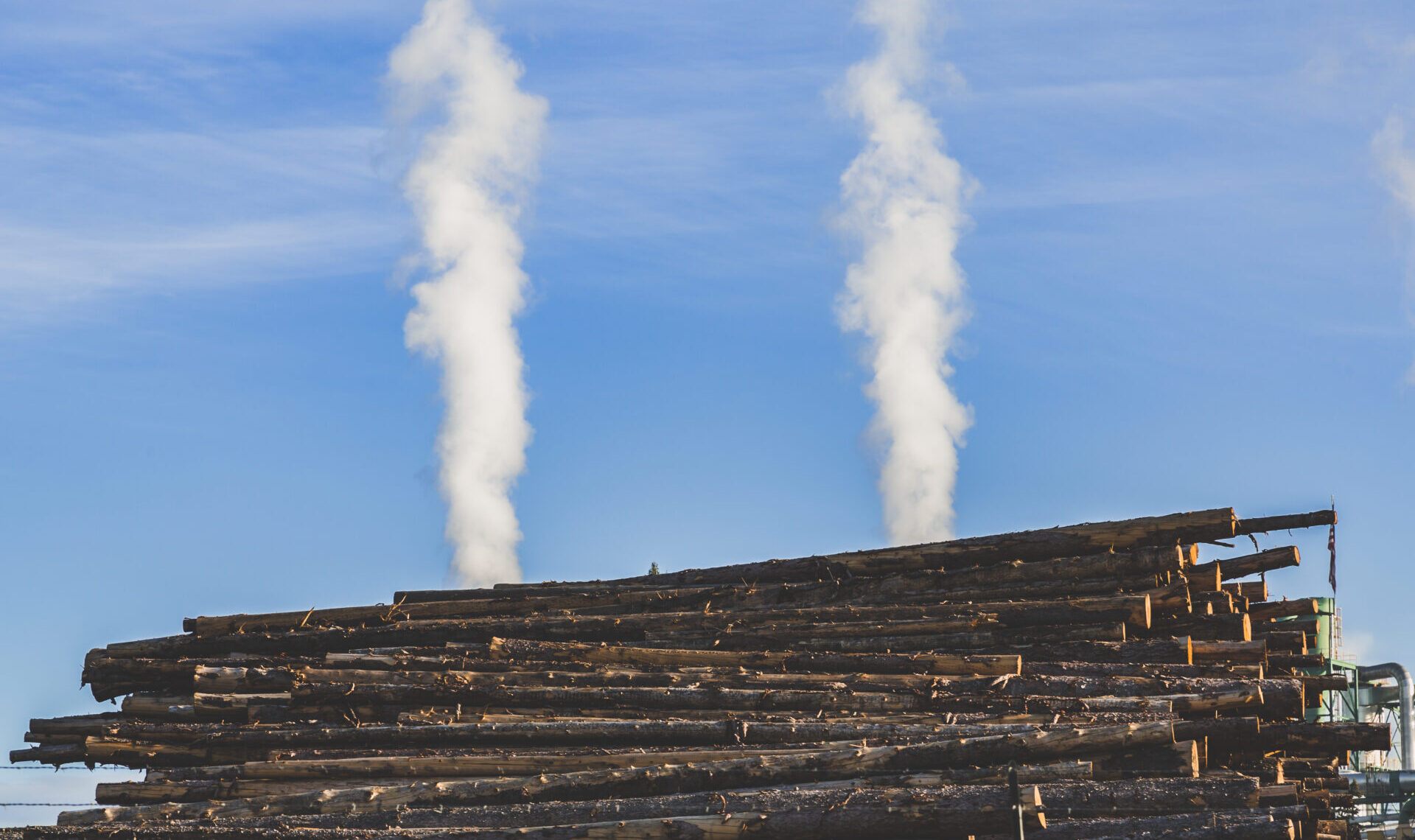HELENA, Mont. — Montana’s federal timber sales will increase to approximately 250 million board feet by 2034 under new legislation, building on the state’s historic commitment to harvest 100 million board feet annually through a landmark agreement signed in June.
U.S. Senator Steve Daines secured a commitment from U.S. Forest Service Chief Tom Schultz during a Senate Energy and Natural Resources Committee hearing Thursday to prioritize implementation of provisions in the One Big Beautiful Bill Act that require the Forest Service to nearly double annual timber sales nationwide by 2034.
“The new law requires the Forest Service to nearly double annual timber sales by 2034. That would put Montana at approximately 250 million board feet and about five billion board feet nationally,” Daines said during the hearing. “These numbers are more in line with our forest plans and will lead to stronger rural communities, better forest health, and reduce wildfire risk.”
The federal expansion more than doubles Montana’s existing timber harvest commitment from the June agreement between Governor Greg Gianforte and the Forest Service, which committed the state to harvesting 100 million board feet annually through state-managed projects on federal lands.
Litigation Threatens Fire Prevention Work
Despite the ambitious timber targets, Daines highlighted a significant obstacle: 367 million board feet of timber projects currently tied up in litigation in Montana alone, stemming from the 9th Circuit Court’s Cottonwood decision.
“This means less work done on the ground before fire season starts in Montana, and an increased risk of catastrophic wildfires for our communities,” Daines told Schultz during the hearing.
The litigation backlog represents more than Montana’s entire annual federal timber goal under the new law, underscoring how legal challenges can undermine forest management objectives.
Schultz committed to working with Daines and the committee on a legislative fix to address the litigation delays that prevent fire mitigation work from moving forward.
Emergency Authority Expansion
The hearing also addressed expanded emergency action determinations that Daines authored, which reduce regulatory barriers for urgent forest management projects.
Secretary of Agriculture Rollins expanded the authorization in April, dramatically increasing the scope from 20-30 million acres to 112 million acres nationally of forests at risk of catastrophic fire or insect and disease damage.
“Those authorities help us to get work done quicker on the ground,” Schultz said of the expanded emergency powers.
The expansion comes as Montana faces continuing forest health challenges, with over 60 percent of the state’s forested acres classified as being at high or very high risk of wildfire, insect infestations, or both, according to the Montana Forest Action Plan.
Building on State Progress
Montana has been steadily increasing its forest management capacity since 2021, with the Department of Natural Resources and Conservation placing over 130,000 acres under management.
The June agreement included unprecedented accountability measures, including a public dashboard launching January 1, 2026, to track acres treated, board feet harvested, and community safety improvements, along with quarterly progress reports.
The state has also made significant financial commitments, with House Bill 883 appropriating $30 million annually for fire suppression, fuel reduction, and forest management projects on private, state, and federal lands.
The combined federal and state timber targets represent a comprehensive approach to forest management that officials say will reduce wildfire risks while supporting rural Montana’s economy. The 200,000-acre northwest Montana project from the June agreement serves as a proving ground for whether aggressive timber harvesting can meaningfully reduce fire risks across the state’s 25 million forested acres.
“We will be doing that,” Schultz said when asked about prioritizing implementation of the federal timber increase provisions.

Comments
2 responses to “Federal Timber Goals Set to Double Montana’s Forest Harvest”
[…] 100 million board feet annually through a landmark forest management agreement signed in June, with federal timber goals set to double Montana’s harvest to approximately 250 million board feet by […]
[…] Jul 11, 2025 HELENA, Mont. — Montana’s federal timber sales will increase to approximately 250 million board feet by 2034 under new legislation, building on the state’s historic commitment to harvest 100 million board feet annually through a landmark agreement signed in June. (Western MT News) […]